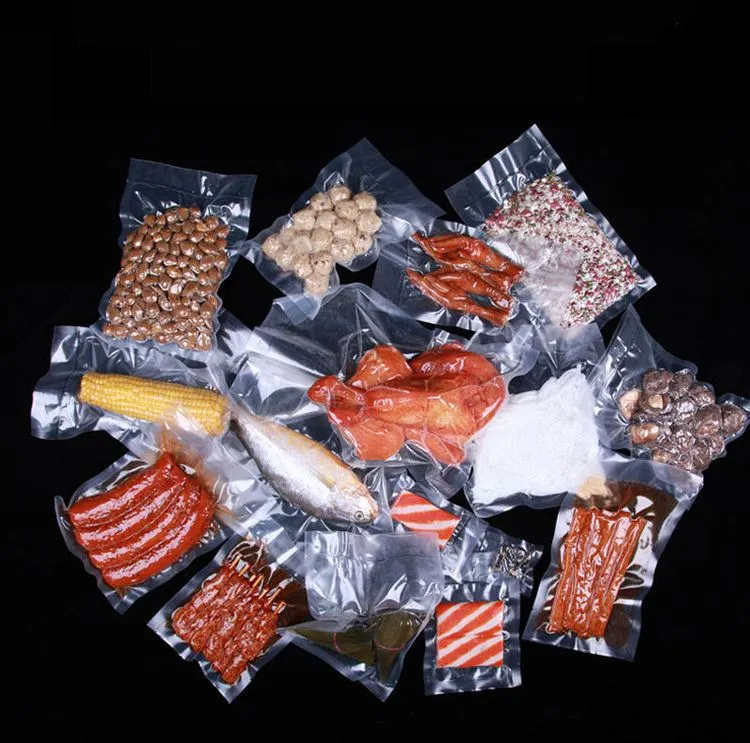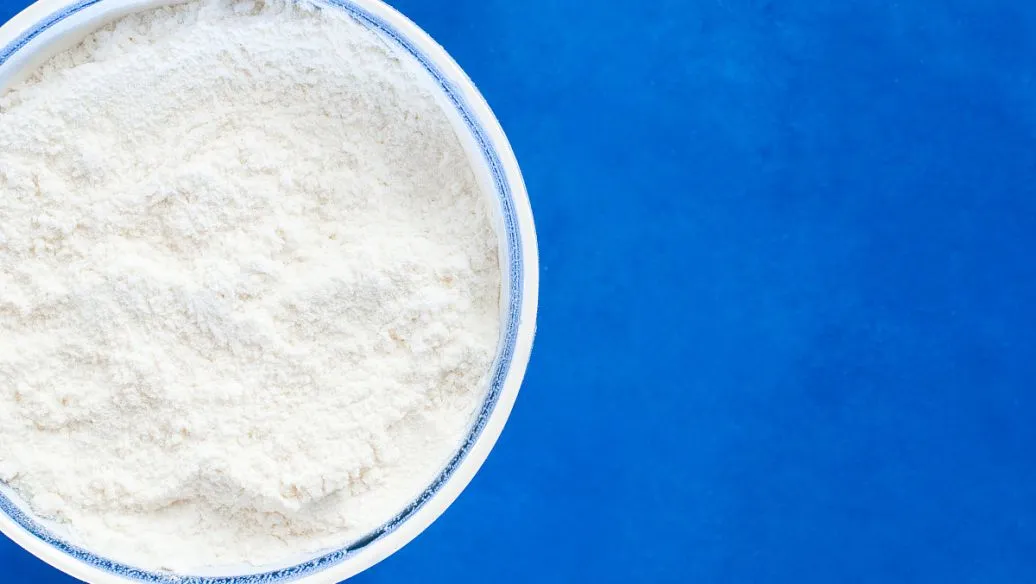
Exploring Cellulose Derivatives: From Microcrystalline Cellulose for Sale to Advanced Packaging Applications
Cellulose is one of the most versatile natural polymers, with a wide range of derivatives that serve industries such as food, pharmaceuticals, cosmetics, construction, and packaging. From microcrystalline cellulose for sale to advanced cellulose based packaging, innovations in cellulose chemistry continue to shape modern product development. By understanding the properties and applications of derivatives like كربوكسي ميثيل السليلوز, methyl cellulose, and hydroxypropyl cellulose, businesses can make informed choices for sustainable and high-performance materials.

1. Common Types of Cellulose Derivatives and Their Properties
Cellulose can be chemically modified to produce derivatives with specific solubility, viscosity, and film-forming characteristics. The following are widely used forms:
Microcrystalline Cellulose for Sale – A purified, partially depolymerized cellulose used extensively in food and pharmaceuticals as a stabilizer, binder, or anti-caking agent.
Carboxymethyl Cellulose (CMC) – Also known as كربوكسي ميثيل السليلوز الصوديوم, it is highly water-soluble and valued for thickening, stabilizing, and water-retention properties.
Methyl Cellulose – Known for forming gels upon heating and reversible solubility, often used in coatings, adhesives, and food applications.
Hydroxyethyl Cellulose (HEC) – A non-ionic thickener widely used in cosmetics, paints, and cleaning products; available in forms like cellosize hydroxyethyl cellulose for high-performance needs.
Hydroxypropyl Cellulose (HPC) – Soluble in both water and alcohol, HPC is popular in pharmaceutical coatings and personal care products.
Ethyl Cellulose – Used as a water-insoluble film-former in sustained-release tablets and food coatings.
Methyl Ethyl Hydroxyethyl Cellulose (MHEC) – Sometimes referred to as MHEC chemical, it is a multifunctional additive for construction products like tile adhesives.
Polyanionic Cellulose (PAC) – Used in drilling fluids for oil and gas applications due to its excellent fluid-loss control.
Nanofibrillar Cellulose and Microfibrillated Cellulose – Cutting-edge materials with nanoscale fibers for reinforcing composites, films, and packaging.
Additionally, specialty cellulose products like cellulose fiber for insulation, cellulose acetate for filtration and films, and cellulose tape for sealing are integral in various industrial applications.

2. Cellulose in Packaging, Food, and Industrial Uses
Sustainable Packaging Solutions
The shift toward eco-friendly materials has led to the rise of cellulose packaging and cellulose based packaging. These materials, derived from renewable sources, offer biodegradability without sacrificing strength or clarity. Cellulose packaging for food ensures safe storage while meeting environmental regulations. Innovations in cellulose food packaging include transparent wraps, films, and compostable pouches.
Food and Pharmaceutical Applications
Cellulose derivatives are widely used in food manufacturing:
Carboxymethyl Cellulose in Food – Improves texture and stabilizes emulsions.
Hydroxypropyl Methyl Cellulose (HPMC) – Offers thickening, emulsifying, and film-forming benefits.
Hydroxy Ethyl Cellulose Price – Competitive pricing has made it accessible for large-scale food production.
Carboxy Methyl Cellulose Use – Adds smoothness and prevents crystallization in frozen desserts.
In pharmaceuticals, ethyl hydroxyethyl cellulose and hydroxypropyl cellulose are used for tablet binding and controlled release. Methyl cellulose acts as a vegetarian capsule material.

Industrial and Specialty Applications
Cellulose Sanding Sealer – Used in woodworking to fill pores and prepare surfaces for finishing.
Polyanionic Cellulose – Critical in high-performance drilling operations.
Nanofibrillar Cellulose – Enhances strength in composites for automotive and aerospace sectors.
Microfibrillated Cellulose – Used as a rheology modifier in paints and coatings.
3. Market Trends and Sustainability Outlook
The global cellulose derivatives market is driven by rising demand for biodegradable materials and multifunctional additives. The growth of cellulose based packaging reflects consumer preference for eco-conscious products, while industries are increasingly adopting microcrystalline cellulose for sale and other food-grade derivatives.
Advances in nanofibrillar cellulose and microfibrillated cellulose promise stronger, lighter, and more sustainable composites. As regulatory pressures mount against single-use plastics, cellulose’s versatility and biodegradability give it a competitive advantage.
However, price fluctuations, such as those in hydroxy ethyl cellulose price, can impact market accessibility. Companies investing in efficient production methods and renewable feedstocks are likely to maintain a strong position in this evolving industry.
From microcrystalline cellulose for sale to cutting-edge nanofibrillar cellulose, the cellulose derivatives market offers a wide range of applications across food, pharmaceuticals, construction, and packaging. Products like كربوكسي ميثيل السليلوز, hydroxyethyl cellulose, and ethyl cellulose continue to play pivotal roles in improving texture, stability, and performance across industries.
With sustainability as a driving force, the future of cellulose-based solutions is promising. Businesses that embrace these renewable, biodegradable materials will not only meet market demand but also contribute to a greener planet.
FAQs About Cellulose Derivatives
What is microcrystalline cellulose used for?
Microcrystalline cellulose for sale is widely used in food as an anti-caking agent and stabilizer, and in pharmaceuticals as a binder in tablets and capsules.
How is carboxymethyl cellulose used in food?
Carboxymethyl cellulose in foodimproves texture, prevents ice crystal formation in frozen products, and stabilizes emulsions in sauces and dressings.
What is cellulose based packaging?
Cellulose based packaging refers to biodegradable packaging materials derived from plant cellulose, including cellulose packaging for food, which offers strength, transparency, and compostability.
What is the difference between hydroxyethyl cellulose and hydroxypropyl cellulose?
هيدروكسي إيثيل السليلوزis primarily used as a thickener and stabilizer in cosmetics and paints, while hydroxypropyl cellulose is soluble in both water and alcohol and is often used in pharmaceutical coatings.
Why is nanofibrillar cellulose gaining attention?
Nanofibrillar cellulose offers exceptional mechanical strength and lightweight properties, making it ideal for use in advanced composites, sustainable packaging, and high-performance coatings.
-
Hydroxypropyl Starch as a Sustainable Construction AdditiveNewsNov.24,2025
-
The Gelation Properties of CMCNewsNov.21,2025
-
Redispersible Latex Powder and Water Retention CapacityNewsNov.21,2025
-
Dosage Control for Polycarboxylate Water ReducerNewsNov.21,2025
-
Film-Forming Properties of Polyvinyl AlcoholNewsNov.21,2025
-
The Function of Gypsum Additives in MortarNewsNov.21,2025





















